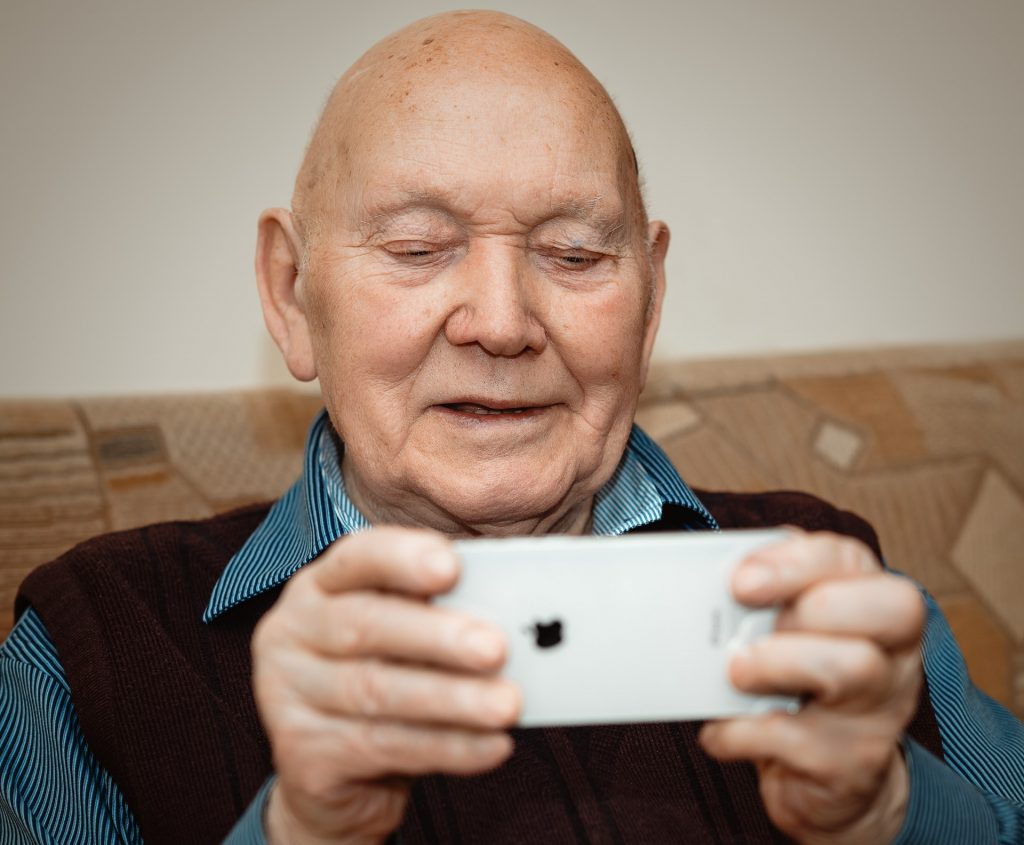Dr Steffan Evans analyses the effect of services being moved online on the poorest in Wales.
This year has been a difficult one for everyone in Wales.
But for the 700,000 people trapped in poverty, the last few months have been especially challenging.
Falling incomes due to rising unemployment, reducing working hours and the furlough scheme not fully topping up people’s incomes have left many families with less money in their pockets.
At the same time, many living costs have increased while the inadequacies of the social security system have been laid bare once more. The impact of these pressures has exposed the inequalities in our society like never before.
One example of this is the unequal access to digital services in our society.
Who’s missing out?
About 13% of Welsh households have no access to the internet. A common misconception is that digital exclusion is a problem that only affects older people or people in rural communities in Wales. This is simply not the case.
Across the UK 44% of the offline population are aged below sixty. Disabled people, or people with low educational attainment are three times as likely to be digitally excluded.
Another group who are at higher risk of being offline are people on low incomes with a body of evidence showing that people on higher incomes are more likely to be connected to the internet.
“We’ve heard of one family where two children were trying to do their lessons on their mother’s mobile phone.”
Accessing digital services matter
Not having access to digital services already placed low income families at a significant disadvantage long before the pandemic.
Many services which people rely upon, such as Universal Credit, have moved to become primarily digital services. This process has been accelerated by the pandemic with many other services now moving online.
The lockdown measures put in place in March did not only increase the number of services that moved online, however, but also shut facilities that people were able to visit in their communities to access the internet.
Places such as libraries and community centres are vitally important community hubs. For many, they are the only place where they can afford to get online and access their benefits and other vital services.
The need to shut such facilities therefore locked out many families who are trapped in poverty from accessing digital services at the time they needed them most.
Education going digital
One public service that has seen a significant shift in focus as a result of the pandemic has been education. With schools forced to shut many moved to a form of online education and children living in poverty have been at a significant disadvantage as a result of this process.
Syniadau uchelgeisiol, awdurdodol a mentrus.
Ymunwch â ni i gyfrannu at wneud Cymru gwell.
In the first instance, children living in Wales’ most deprived communities were more likely to have their education interrupted during lockdown with schools in the least affluent areas being amongst the least likely to move their lessons online.
Even where the opportunity for remote learning has been available, many children living in poverty have not been able to take advantage due to the fact that they are offline.
We’ve heard of one family where two children were trying to do their lessons on their mother’s mobile phone which was the only digital device in the household. We heard of others spending a fortune on mobile data, with a £10 data pack paying for just 3-4 hours of Zoom calls.
While the Welsh Government have provided some additional support to families through its decision to invest in 4G enabled laptops for families, many families are still missing out.
“For those without access to data or devices, the spring proved especially challenging.”
With hundreds of children across Wales already being required to self-isolate or ordered to stay away from school as we battle the virus, these disadvantages are unlikely to go away any time soon.
A sense of isolation
Access to the internet is not only important for accessing services, however. Throughout lockdown, Zoom quizzes or family facetime conversations allowed many of us to stay connected with our loved ones. For those without access to data or devices, the spring proved especially challenging.
It is therefore not surprising that Samaritans Cymru saw an increase in the number of people feeling lonely and isolated. As it seems increasingly likely that our ability to meet and talk to our families will be significantly constricted again this winter, many will be facing a difficult few months.
What can we do?
It is vital that the Welsh Government continue to invest in building the digital skills and abilities of people of all ages. Beyond this however, there are steps that could be taken to breach to improve digital infrastructure whilst closing the digital divide.
Amongst measures that could be taken by the Welsh Government are the provision of guest wifi in all public buildings, including council offices, colleges, libraries, sports centres and care settings.
The Welsh Government could also work with stakeholders to facilitate the provision of free wifi and device recharging points in community settings and to offer low cost devices and data plans via credit unions, social landlords and similar bodies.
At the same time however, it is vital that all public bodies in Wales are aware that many in our communities do not have access to digital services, with this unlikely to change in the short term.
It is vital that we retain a form of ‘analogue’ provision for these families, allowing people to access services from the channel that best meets their needs.
All articles published on the welsh agenda are subject to IWA’s disclaimer.
Photo by Adam Nieścioruk on Unsplash





